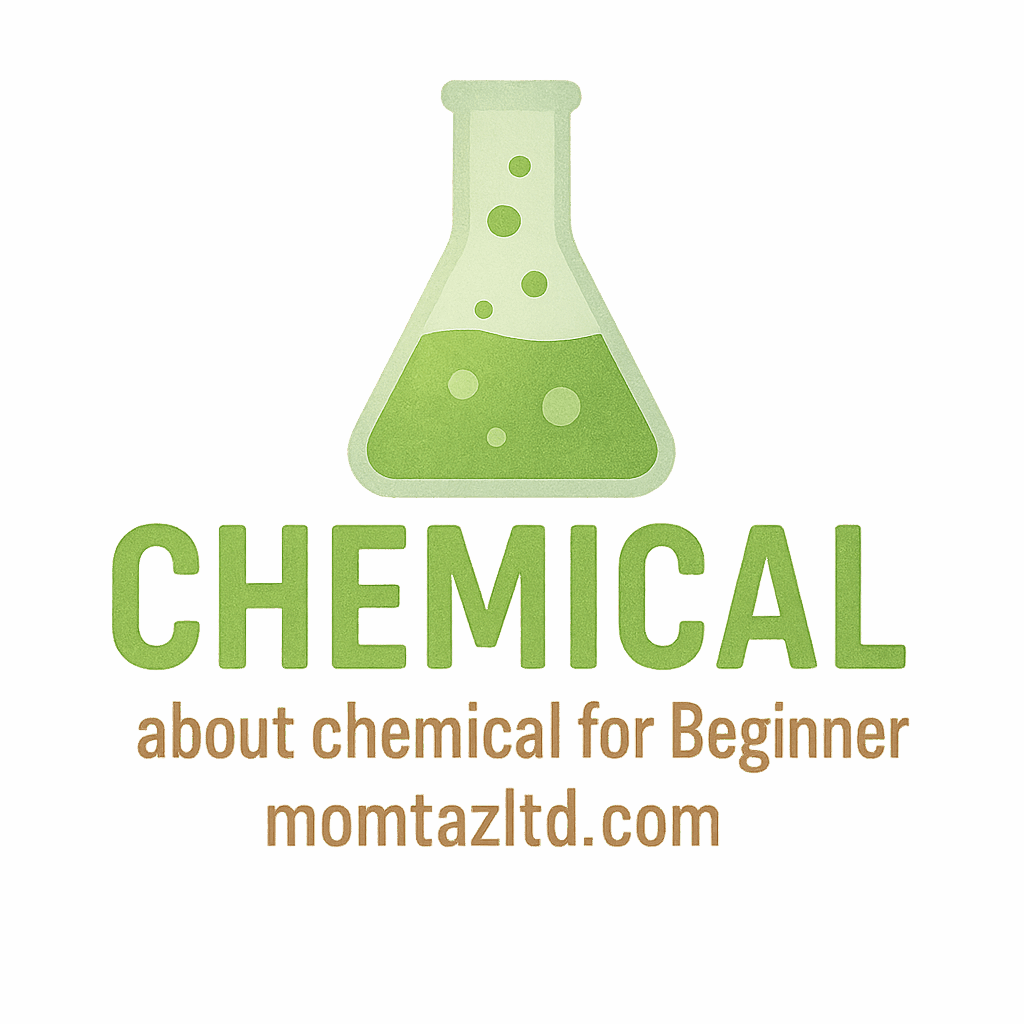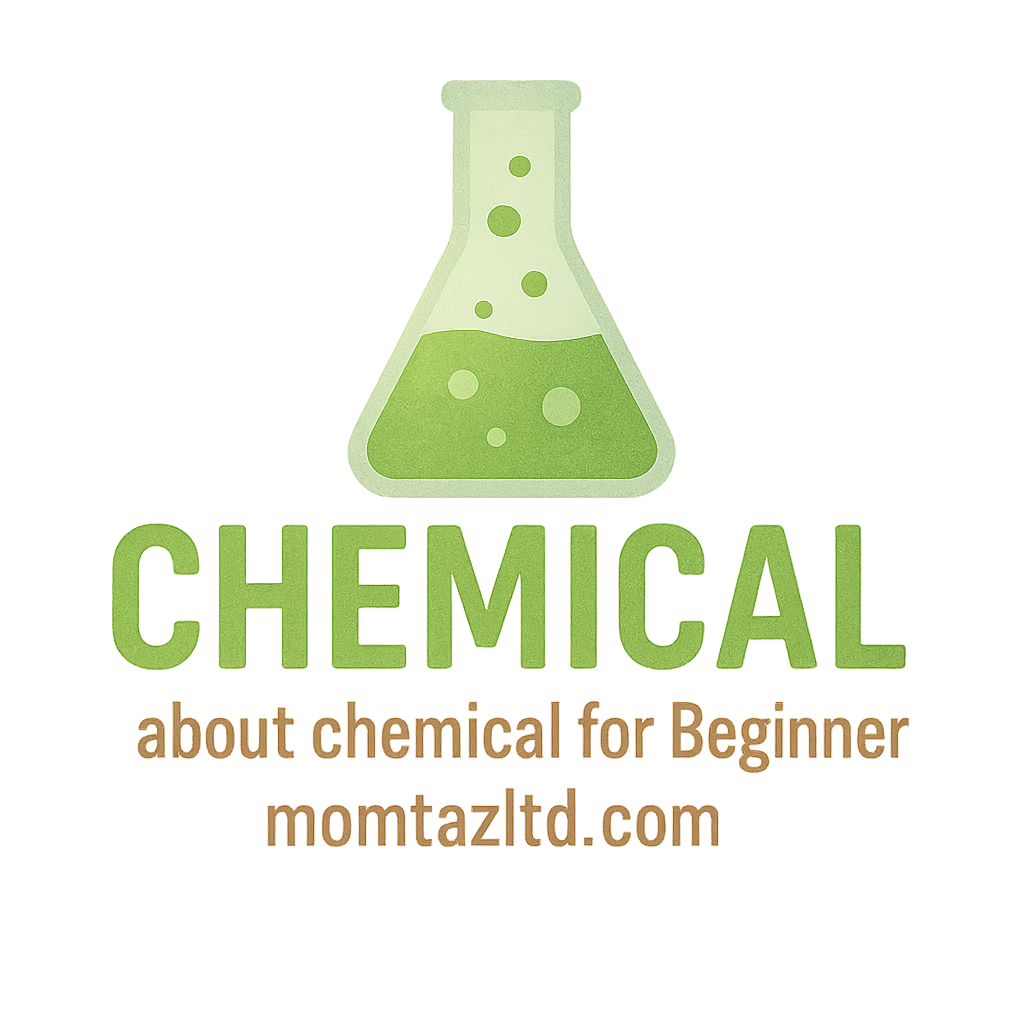Introduction to Industrial Chemicals and Environmental Concerns
Industrial chemicals are fundamental to the world’s economy, driving sectors like manufacturing, agriculture, pharmaceuticals, and construction. However, these chemicals can have severe environmental consequences if not handled responsibly. From air pollution to water contamination, and the loss of biodiversity, the negative impact of industrial chemicals is widespread.
In this article, we’ll explore five key ways industrial chemicals influence the environment and discuss how we can mitigate these effects. By understanding these challenges, industries and individuals can adopt more sustainable practices that prioritize environmental health.
What Are Industrial Chemicals?
Industrial chemicals are substances used in large-scale manufacturing processes to create everything from household goods to industrial machinery. These chemicals play a critical role in modern society but come with potential environmental risks if mismanaged.
Common types of industrial chemicals include:
- Organic Chemicals: Petrochemicals, solvents, and plastics.
- Inorganic Chemicals: Chemicals used in cement, glass, and metal production.
- Agricultural Chemicals: Pesticides, herbicides, and fertilizers.
- Pharmaceutical Chemicals: Drugs, medical supplies, and vaccines.
While these chemicals serve essential purposes in industrial processes, they can severely damage the environment if not managed and disposed of responsibly.
The Impact of Industrial Chemicals on Air Quality
One of the most immediate consequences of industrial chemical use is air pollution. Industries like manufacturing, energy production, and chemical processing release harmful substances into the atmosphere, affecting both air quality and public health.
Airborne Emissions and Their Effects
Pollutants such as sulfur dioxide (SO2), nitrogen oxides (NOx), and carbon monoxide (CO) contribute to smog formation, acid rain, and respiratory issues. These pollutants can cause long-term health problems for both humans and animals. Industrial emissions can degrade the atmosphere, compromising air quality and contributing to global warming.
Volatile Organic Compounds (VOCs) and Ozone Depletion
Volatile Organic Compounds (VOCs), often found in household products like paints and solvents, are also released by industrial facilities. VOCs react with nitrogen oxides in the presence of sunlight, forming ground-level ozone. Ground-level ozone is a harmful component of smog, which has been linked to respiratory diseases, heart conditions, and environmental damage. You can learn more about the dangerous effects of air pollution and how to mitigate them through better chemical safety practices on our Chemical Safety page.
Water Pollution Due to Industrial Chemicals
Water pollution is another pressing environmental issue caused by industrial chemicals. Many industrial processes, either through accidents or routine operations, release chemicals directly into water bodies, impacting both aquatic life and human populations.
Chemical Spills and Leaks in Water Sources
Accidental chemical spills and leaks from industries like petrochemical plants or manufacturing facilities can result in harmful substances entering rivers, lakes, and oceans. These incidents not only affect water quality but can also disrupt local ecosystems. For instance, chemicals can spread to drinking water sources, posing health risks to surrounding communities. By improving chemical storage and ensuring proper containment measures, we can reduce these risks.
Long-Term Effects on Aquatic Life
Chemicals like heavy metals, pesticides, and synthetic compounds can be toxic to aquatic species, leading to reduced biodiversity. These chemicals can accumulate in the food chain, negatively affecting species diversity in rivers and oceans. Over time, the presence of harmful chemicals in water can cause significant ecological damage. For more insights into chemical reactions and their environmental consequences, check out Chemical Reactions.
Contaminants in Drinking Water
Water contamination from industrial chemicals extends beyond aquatic life. Harmful substances can also infiltrate drinking water systems, posing serious health risks to humans. Chemicals such as mercury and lead can cause long-term health issues, from developmental disorders to organ damage. Visit our page on Household Chemicals to explore the importance of safer chemicals in daily products.

Soil Contamination and Its Lasting Effects
The environmental consequences of industrial chemicals are not confined to water and air – they also extend to the soil. Many chemicals, especially heavy metals, can contaminate the soil, affecting plant growth and the health of ecosystems.
Heavy Metals and Toxic Substances
Industries that process materials like electronics or metals often release toxic substances like lead, cadmium, and arsenic into the environment. These chemicals can infiltrate soil and remain for decades, rendering it hazardous for agriculture and wildlife. Toxic substances in the soil can also pose significant risks to human health when they enter the food chain. For more information on the safe handling of chemicals in industry, visit Chemical Careers.
Impact on Agriculture and Plant Life
Soil contamination from industrial chemicals can prevent plants from growing properly. Fertilizers, pesticides, and other chemicals used in agricultural processes may initially help crops grow, but over time, they reduce soil fertility and disrupt natural ecosystems. Learn more about the impact of chemicals on agriculture by visiting our page on Industrial Chemicals.
Leaching into Groundwater
Soil contaminants can eventually leach into groundwater, further exacerbating water pollution. This contamination can spread far beyond the original source, affecting both the environment and human populations. By improving chemical disposal methods and focusing on sustainable practices, we can reduce the chances of chemicals leaching into the groundwater. For more, see Laboratory Chemicals.
Biodiversity Loss: The Indirect Effects of Industrial Chemicals
Biodiversity forms the backbone of a healthy ecosystem. However, industrial chemicals contribute to biodiversity loss in many ways, often indirectly affecting species and habitats far from their source.
Habitat Destruction and Chemical Exposure
When industrial chemicals are released into the environment, they can degrade natural habitats. Forests, wetlands, and coastal areas are particularly vulnerable. Toxic chemicals from nearby industries can kill or harm plant life, leading to habitat destruction. The destruction of these habitats diminishes biodiversity and threatens the survival of countless species. To prevent this, improving chemical storage and safety protocols is key. Learn more about the importance of responsible chemical storage in our tag on Chemical Storage.
Impact on Species Diversity
Industrial chemicals can also interfere with the reproductive systems of animals, leading to population declines. Chemicals such as pesticides and heavy metals affect the endocrine systems of various species, disrupting their ability to reproduce and survive. This results in a decline in species diversity and ecosystem imbalance. For more on how chemicals affect ecosystems, visit our page on Chemical Accidents.
Climate Change and Global Warming: Industrial Chemicals’ Role
Industrial chemicals play a significant role in global warming and climate change. From greenhouse gases to chemicals that damage the ozone layer, the environmental impact is profound.
Contribution to Greenhouse Gas Emissions
Certain industrial chemicals, like hydrofluorocarbons (HFCs), are potent greenhouse gases that trap heat in the atmosphere, contributing to global warming. These chemicals are used in refrigeration and air conditioning but have a much higher warming potential than carbon dioxide. Industry-wide changes in practices and chemical use are necessary to mitigate this impact. To learn more, see Chemical Terms.
Chemicals in the Atmosphere and Global Warming
Some chemicals contribute to ozone depletion, which allows harmful ultraviolet (UV) rays from the sun to penetrate the atmosphere. This further accelerates climate change by heating the planet and affecting human health. Reducing the use of these chemicals, as encouraged in Green Chemistry, is a vital step in combating climate change.
How to Mitigate the Environmental Impact of Industrial Chemicals
Although the environmental risks associated with industrial chemicals are real, there are steps we can take to minimize these effects.
Safer Chemical Handling and Disposal
Improper chemical disposal leads to long-lasting environmental damage. Industries must adopt safer methods for handling and disposing of chemicals to reduce the risk of spills, leaks, and contamination. Proper storage systems and containment measures can help protect both the environment and the workers involved. Visit Practice Chemistry for more about best practices.
Green Chemistry and Sustainable Practices
Green chemistry focuses on developing chemical products and processes that are environmentally friendly. This involves using renewable materials, reducing energy consumption, and eliminating hazardous substances from industrial processes. For more on the future of sustainable chemicals, visit our Chemical Basics page.
Regulations and Global Efforts to Reduce Chemical Pollution
Regulations such as the REACH program in Europe and the Montreal Protocol are working to reduce the use of harmful chemicals. These efforts aim to protect both the environment and human health by limiting the release of toxic substances. Learn more about these regulations on Industrial Learning.
Conclusion: The Need for Better Chemical Management
Industrial chemicals play a critical role in modern life, but their environmental impacts cannot be ignored. From air and water pollution to soil contamination and climate change, these chemicals affect all aspects of the environment. However, through sustainable practices, better regulation, and green chemistry, industries can significantly reduce these harmful effects.
Adopting safer chemical management practices is crucial for protecting the planet for future generations.
FAQs
- What are industrial chemicals?
Industrial chemicals are substances used in manufacturing processes for various industries. They can be toxic and have harmful effects on the environment if not managed properly. - How do industrial chemicals affect air quality?
Industrial chemicals contribute to air pollution, smog formation, and respiratory problems, negatively impacting both human health and the environment. - What are the effects of industrial chemicals on water?
Industrial chemicals can contaminate water sources, harming aquatic life, affecting drinking water, and causing long-term ecological damage. - How do industrial chemicals impact soil?
Heavy metals and other toxic chemicals can contaminate soil, reducing fertility, harming plants, and impacting agricultural productivity. - What role do industrial chemicals play in climate change?
Some industrial chemicals contribute to global warming by emitting greenhouse gases and damaging the ozone layer. - What is green chemistry?
Green chemistry is an approach that aims to design chemical products and processes that minimize harm to the environment. - How can the environmental impact of industrial chemicals be reduced?
Through safer chemical handling, disposal, and the adoption of green chemistry practices, industries can minimize the harmful effects of industrial chemicals on the environment.


